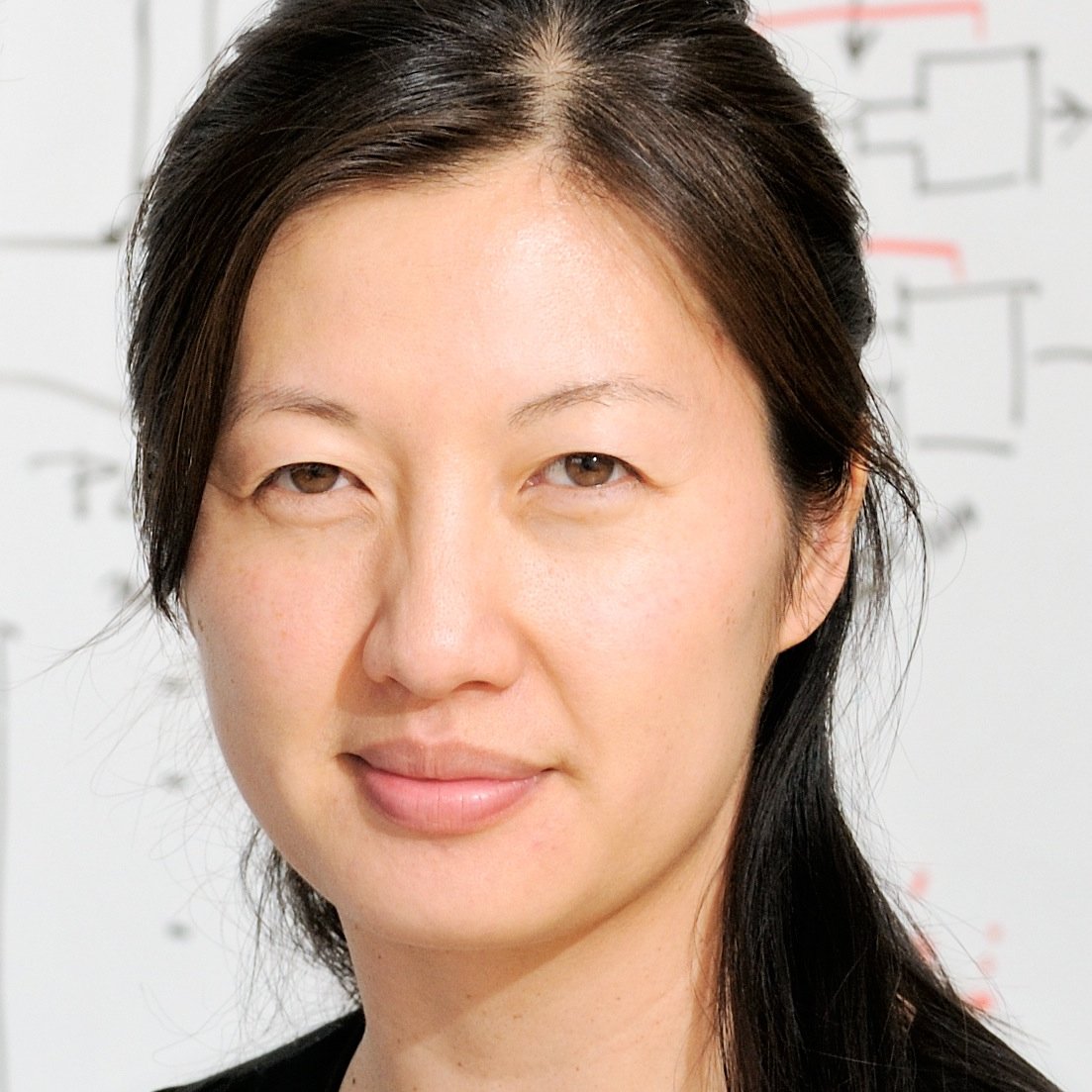Lab retreat to Tahoe this year esp fun & rejuvenating after 2 retreat-less years. Snowshoeing, ziplining, cooking together, honing science elevator pitches, VR video games, s’mores, meandering science discussions & bonding. A few brave lab members even took a dip in frigid Lake..

